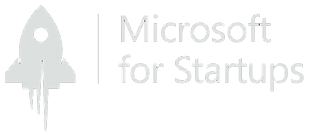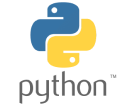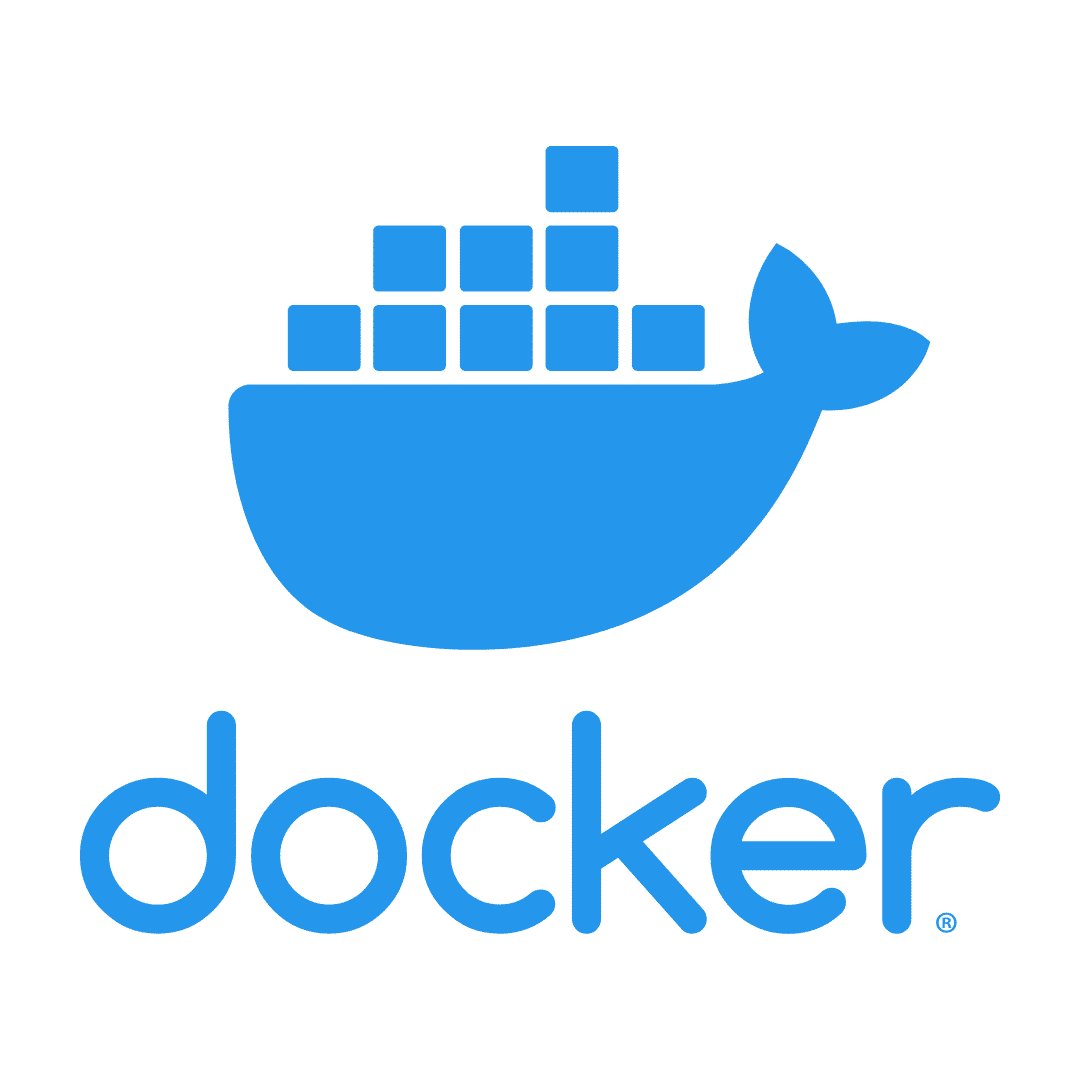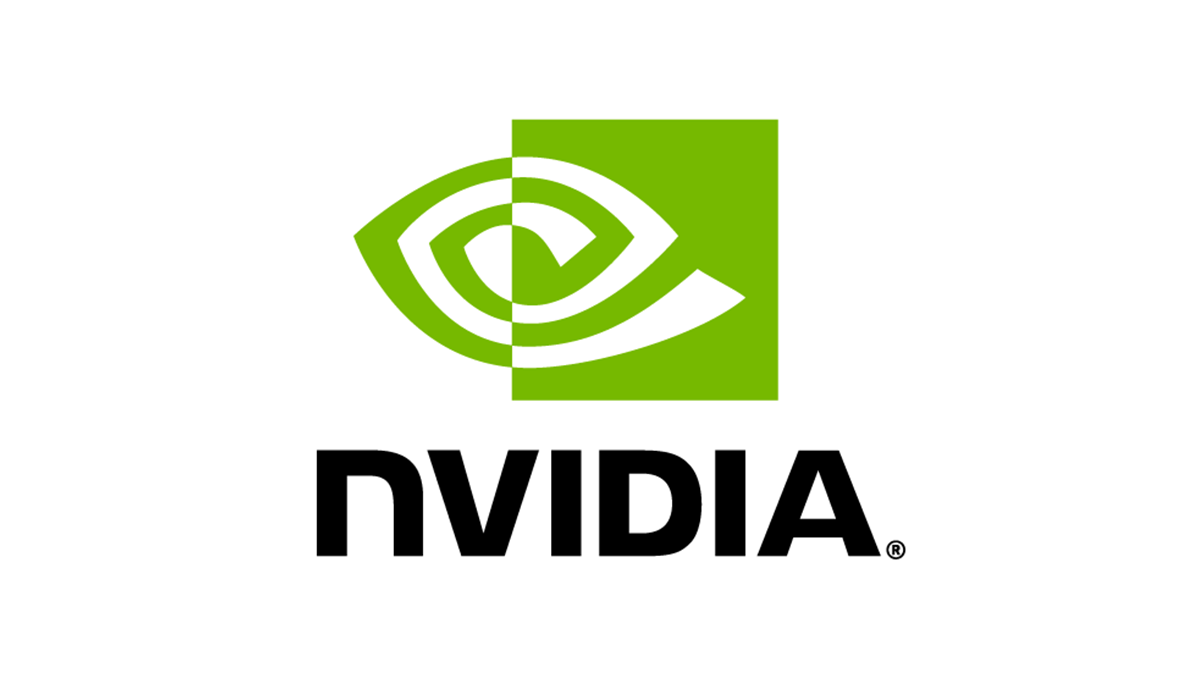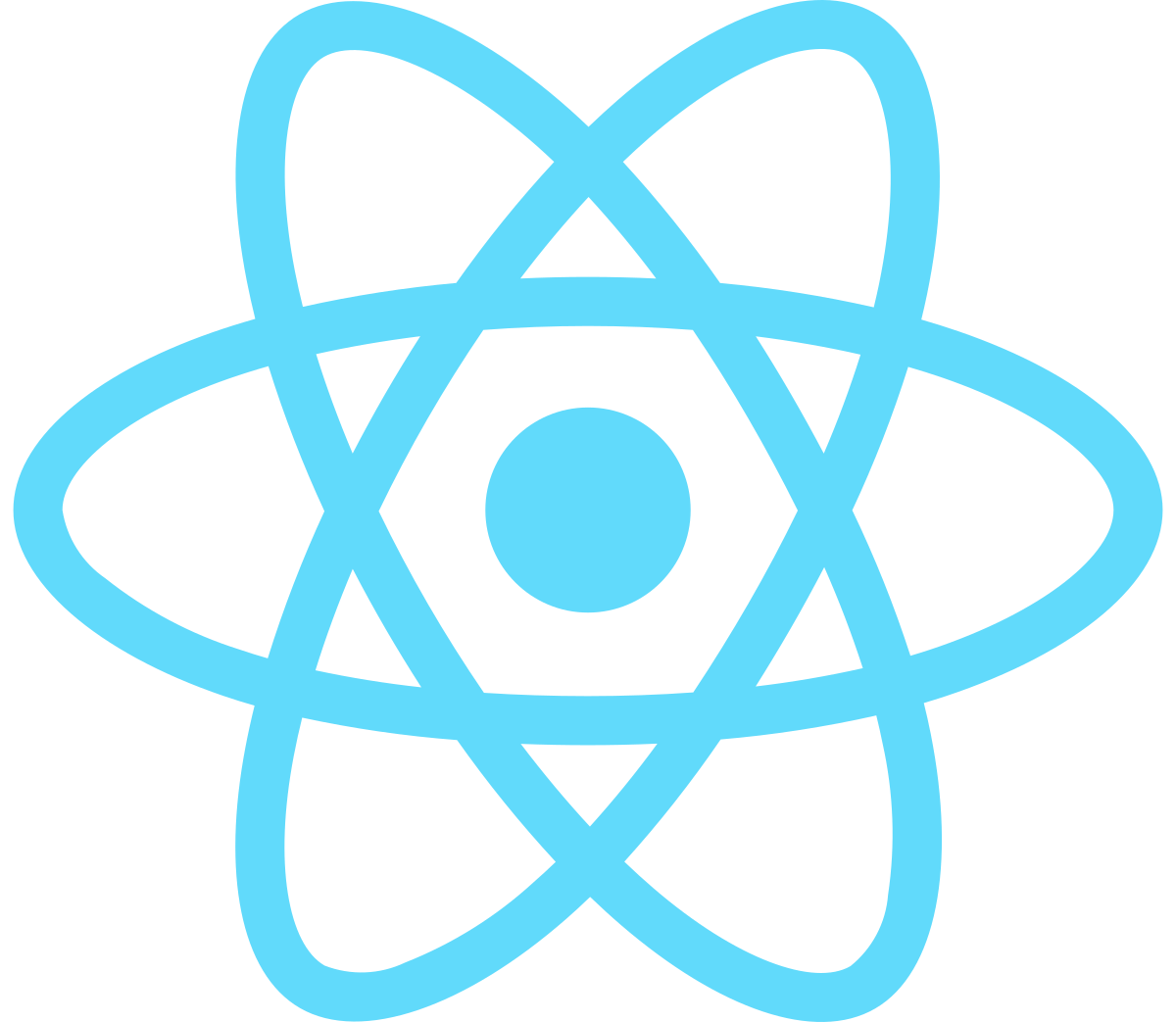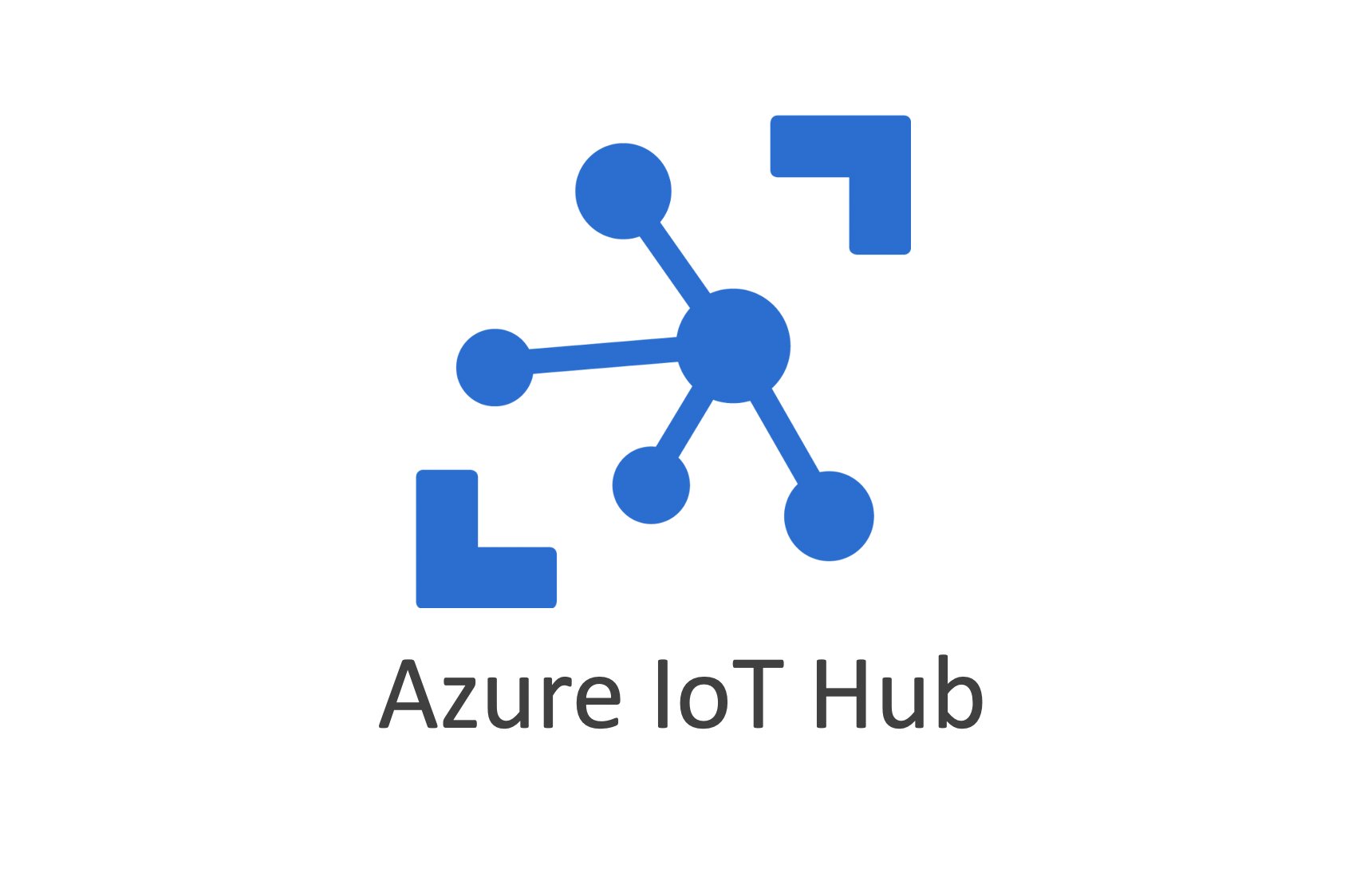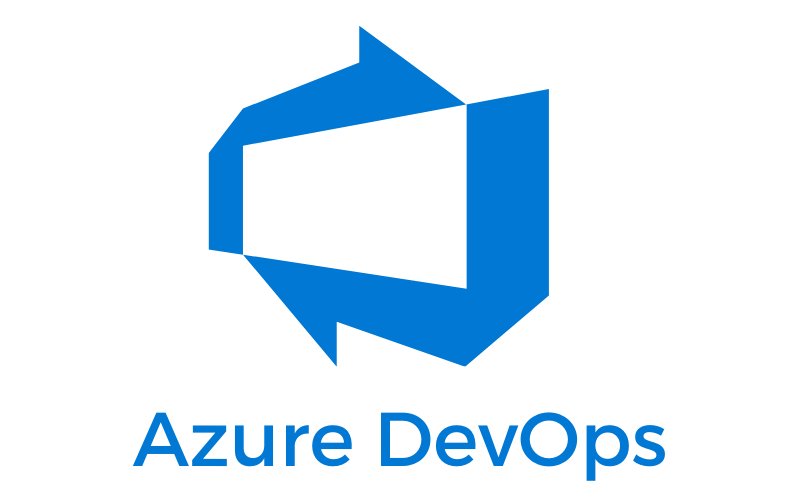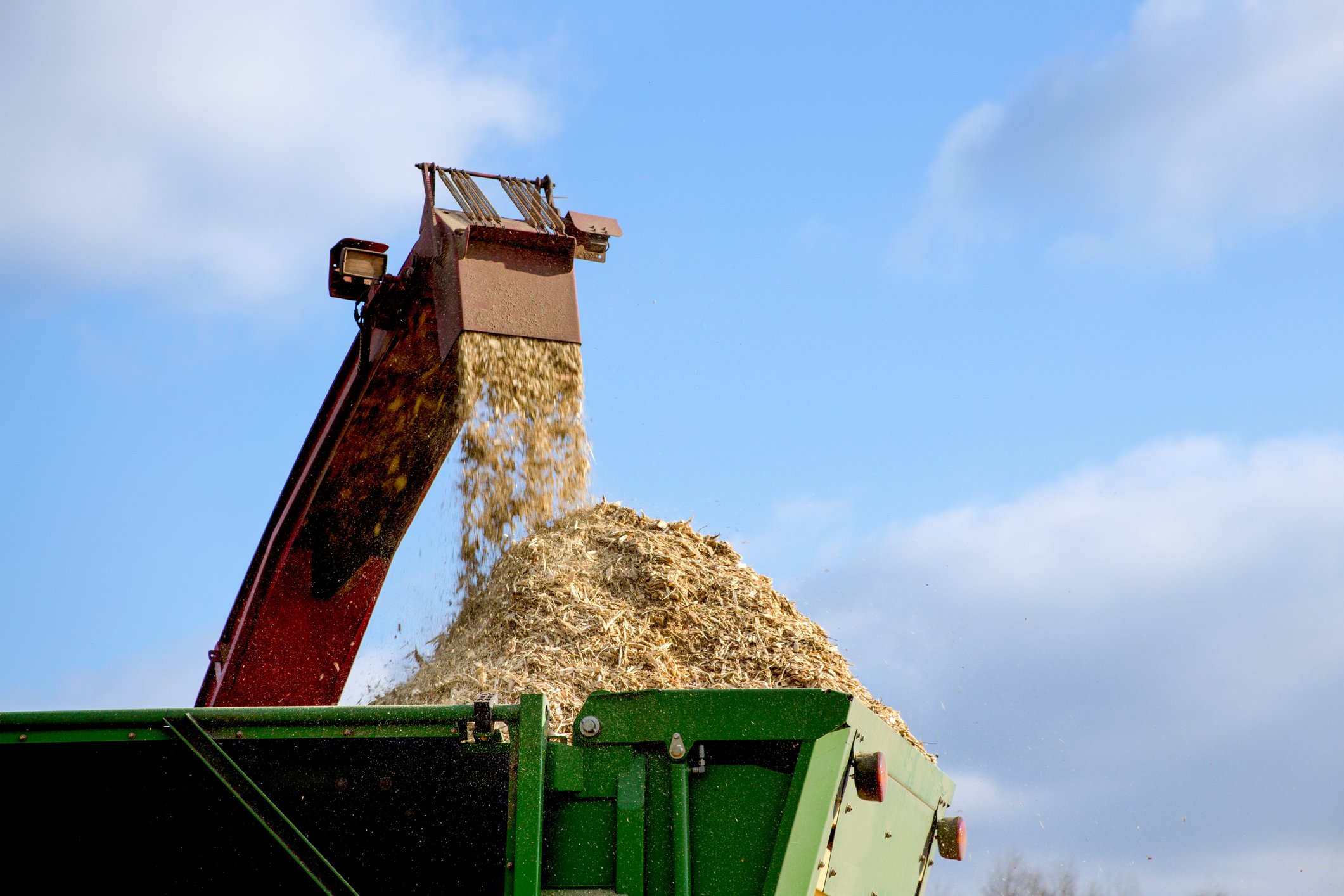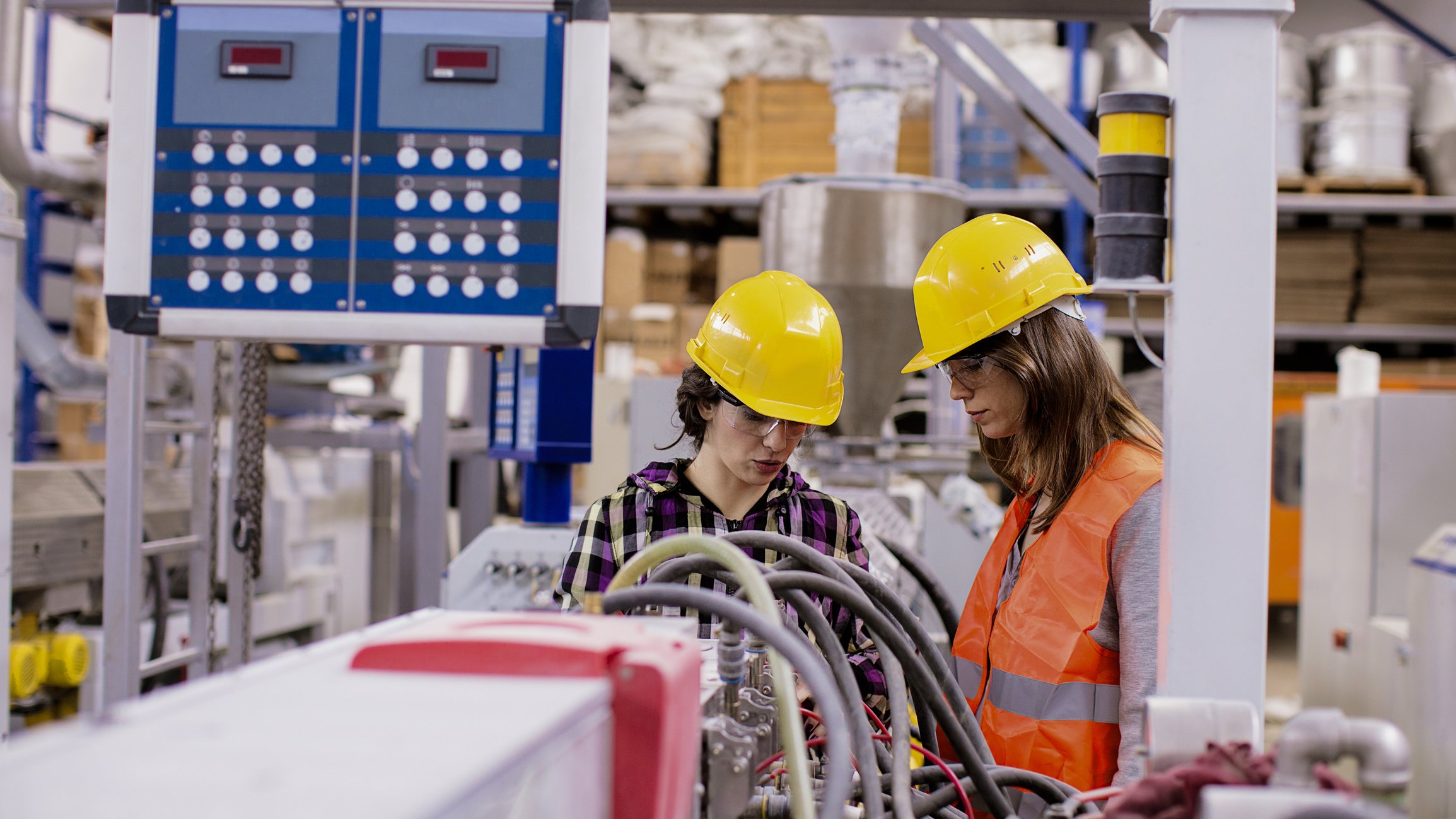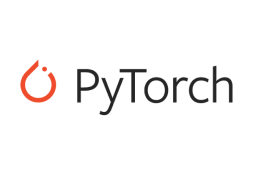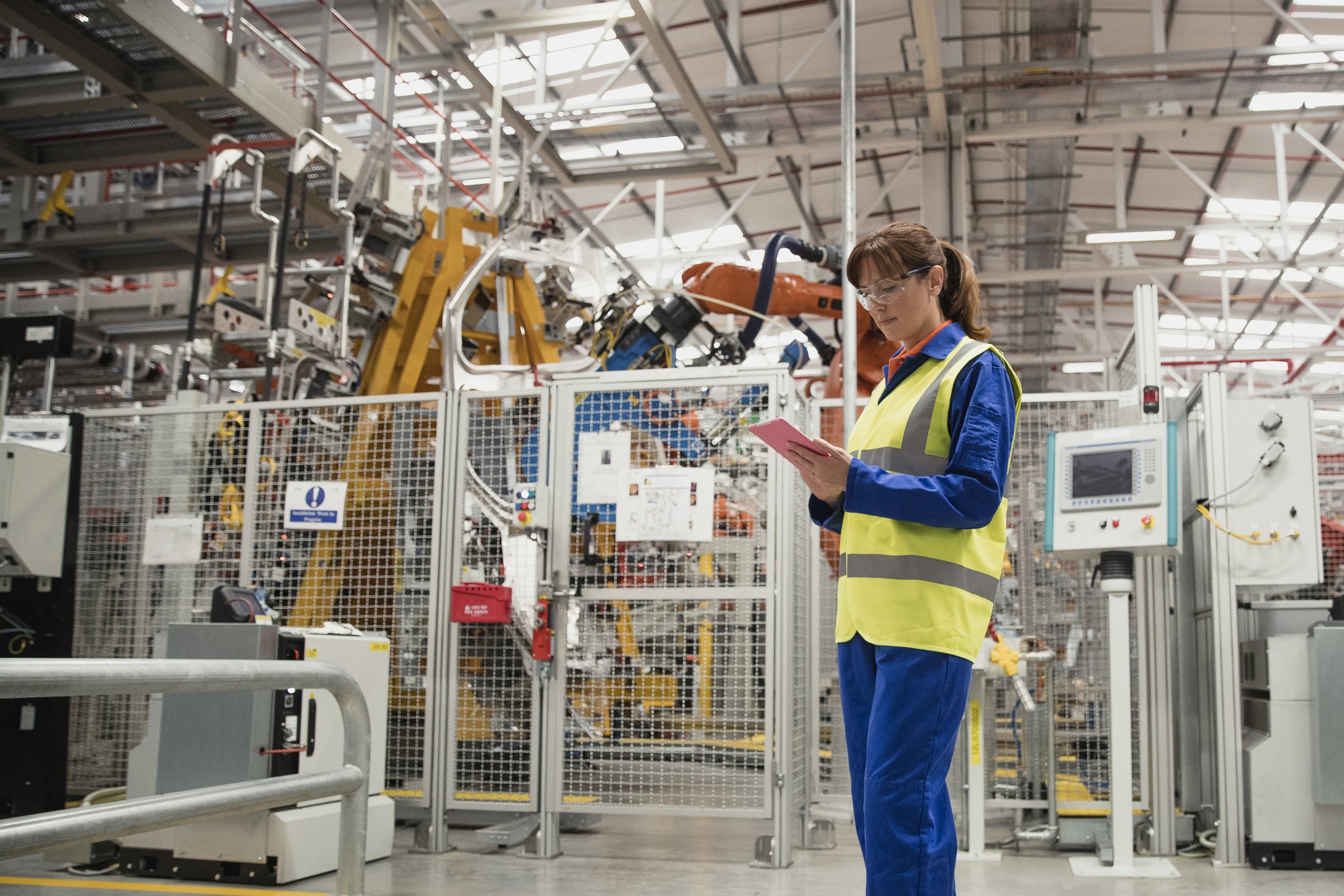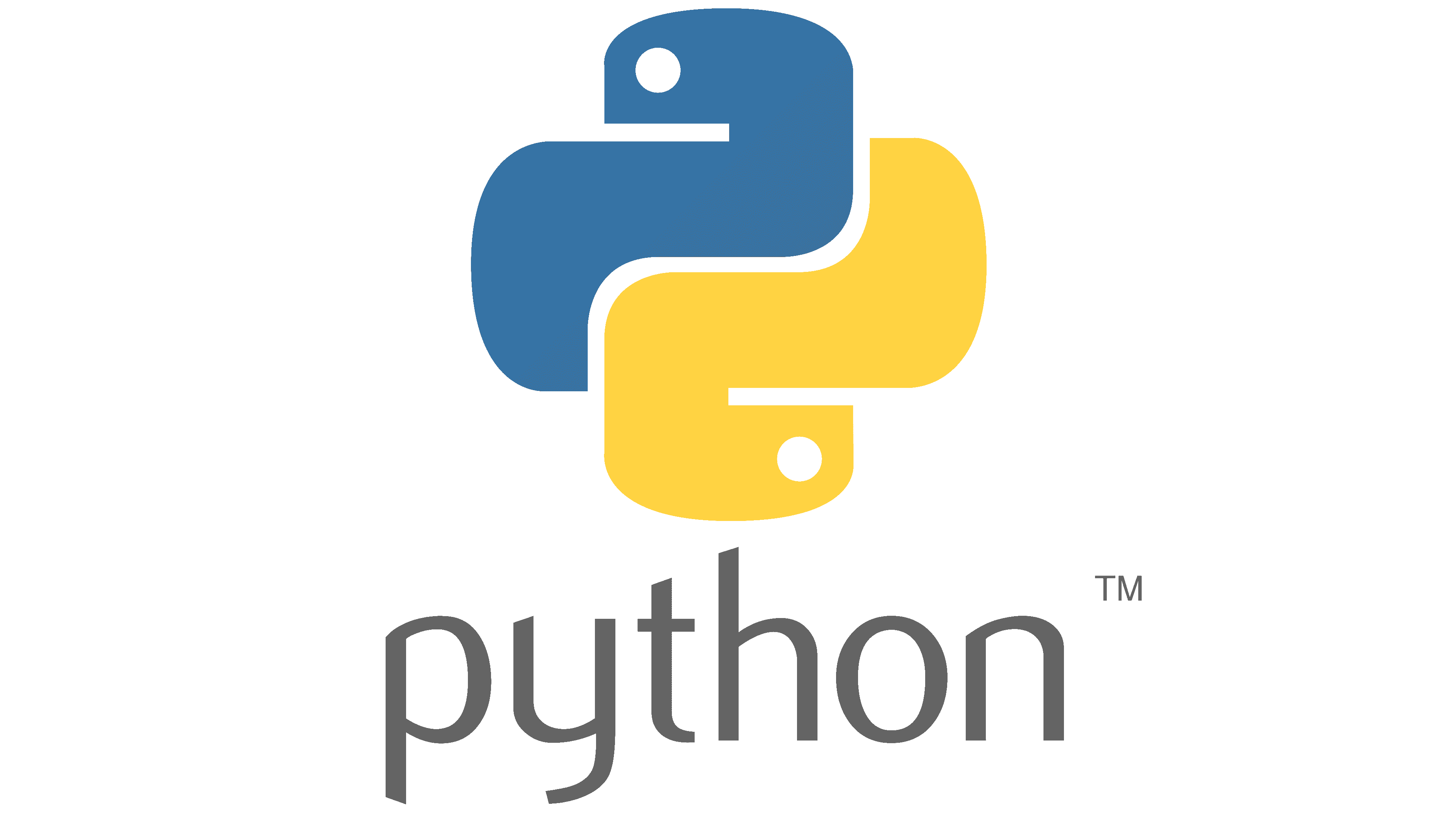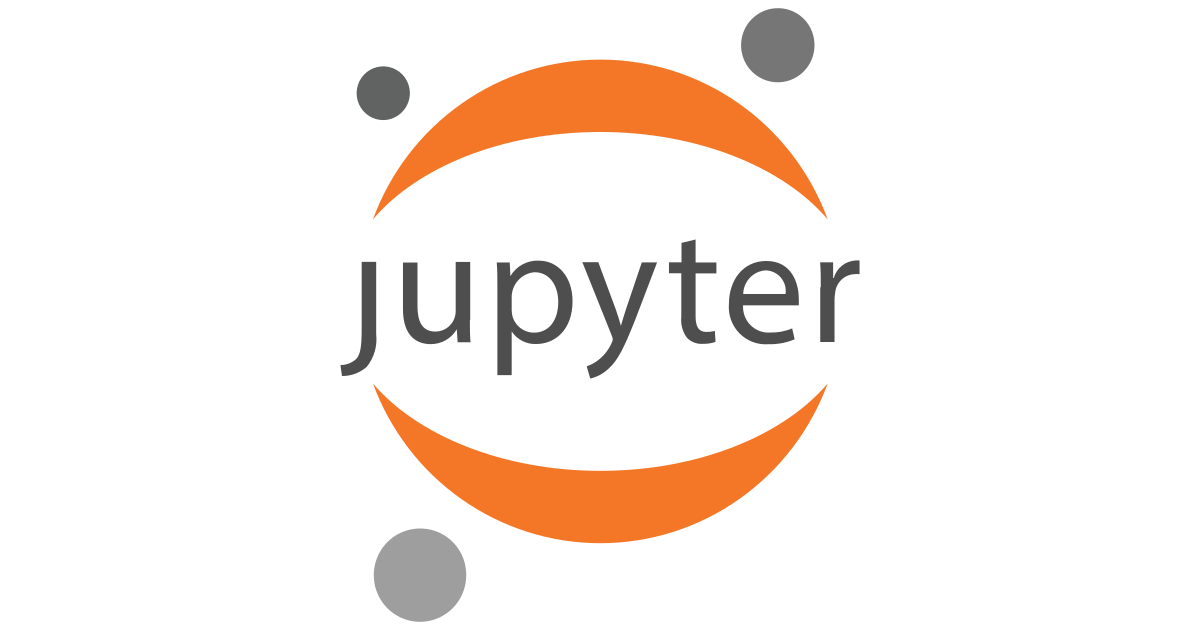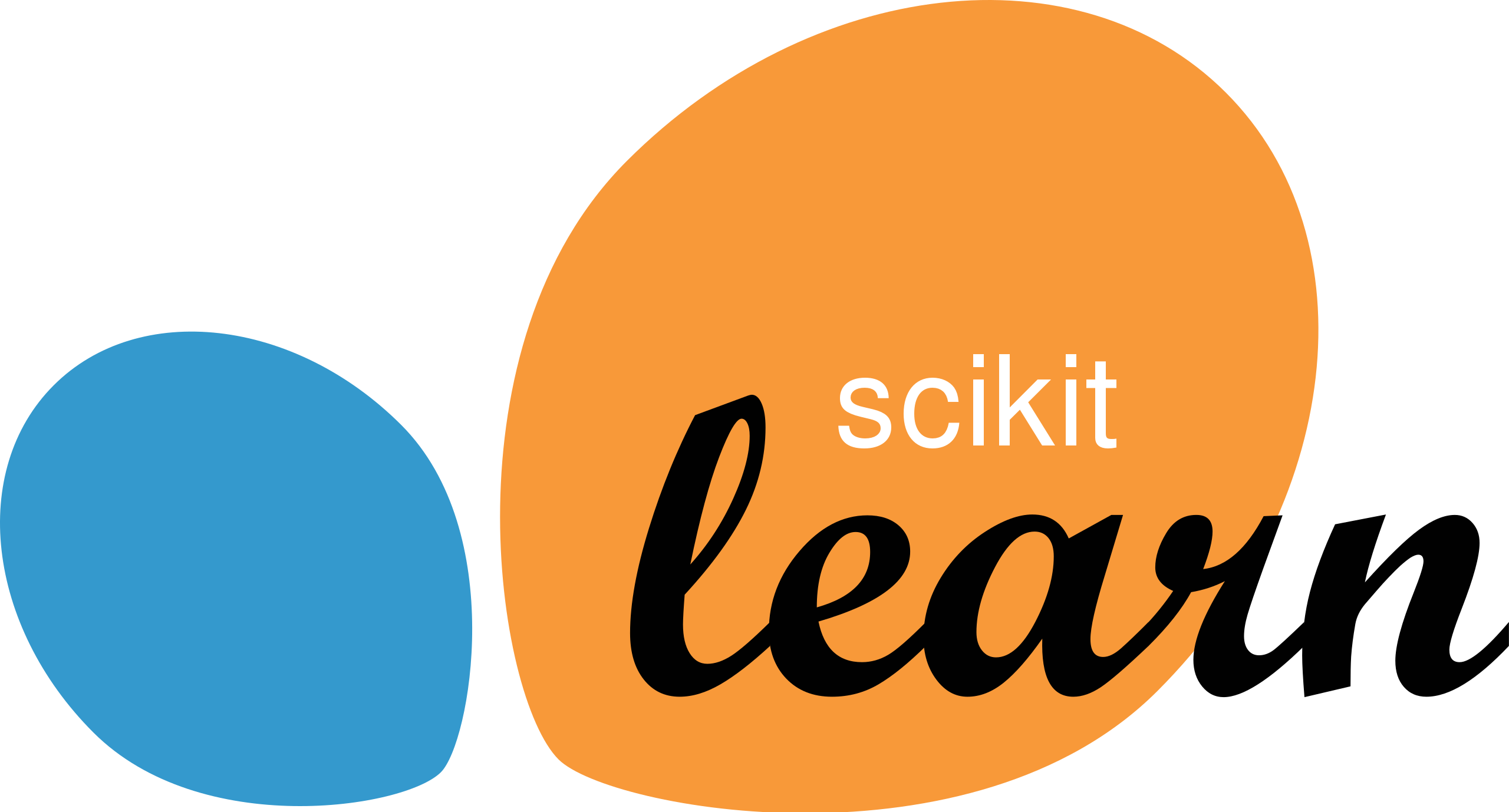Boost innovation and productivity with data-driven manufacturing
Heavy Industry
Manufacturing is a highly competitive sector, with swiftly-changing markets and complex systems that have a lot of moving parts. In order to drive innovation and improve profitability, this industry needs all the advantages that AI and ML can give. AI can ingest a combination of data from sensors, machines, and people and then apply it to algorithms designed to optimize or automate operations, or achieve lights out manufacturing, just to name a few applications.
Learn More
Use Cases
How we can leverage ML in Heavy Industry
Equipment maintenance prediction
Failure prediction
Safety compliance
Inventory management
Quality control
Process optimization
Mining driver safety
About the client
Our client was a major mining company located in Perú.
Challenge
Safety is a top priority in mining operations and all precautions must be taken in order to avoid accidents. Distractions while driving can be a big risk, especially when conducting a 24/7 operation.
The client, therefore, wanted to detect and be able to take immediate action if drivers were eating, using the phone, or just not following best practices while driving, such as not having both hands on the steering wheel.
Results
We designed and implemented a driver safety application for mining vehicles that operate on NVIDIA Jetson Edge devices using Microsoft’s IoT Hub. We detect when a driver is eating, driving without both hands, etc using computer vision techniques and send the corresponding alerts through an onsite private 4G network.
340
Million workplace accidents every year
Impact
According to the International Labor Organization, over 340 million workplace accidents occur every year.
Implementing machine learning algorithms to detect potential hazards can be useful to reduce the risk of injury, property damage, liability and costly shutdowns.
Impact
According to the International Labor Organization, over 340 million workplace accidents occur every year.
Implementing machine learning algorithms to detect potential hazards can be useful to reduce the risk of injury, property damage, liability and costly shutdowns.
340
Million workplace accidents every year
Technologies
Python, Tensorflow, Docker, NVIDIA Jetson, React, Azure, Microsoft IoT Hub, Azure DevOps.
Failure Prevention in Heavy Industry
About the client
Our client was a major forestry company.
Challenge
They were looking to prevent failures in the conveyor belt that carries the wood logs into an industrial machine called a “chipper” that processes the logs.
This machine needs to be constantly supervised in order to prevent failures, using video cameras that are located at the entrance of the chipper, and a joystick to pause, reverse or resume the process.
Results
Using computer vision techniques, we developed a PoC to automate this process. This runs on an edge device using NVIDIA’s Jetson Nano. To achieve this, we analyzed videos in real time. We stabilized and filtered the video feed in order to apply a set of classification and object detection tasks. We also filtered the output of ML models.
We developed a solution that integrates software and hardware, managing to output a signal to communicate with the plant’s control system.
25
%
Reduction in inspection costs
10
%
Reduction in annual maintenance fees
Impact
Our client can now more easily detect systematic failures that otherwise should be monitored 24/7 by operating supervisors on a monotonous way.
AI offers effective tools for implementing predictive maintenance. According to McKinsey & Company, AI-based predictive maintenance can increase availability by up to 20% while cutting inspection costs by 25% and annual maintenance fees by up to 10%.
Impact
Having an adequate forecast of customer demands allows firms to optimize labor schedules and set targets based on them.
They can significantly reduce forecasting errors compared to manual alternatives. Across the industry, forecasting has been reported to improve its performance by 40-50%.
25
%
Reduction in inspection costs
10
%
Reduction in annual maintenance fees
Technologies
Python, Golang, React, OpenCV, Tensorflow, Keras, Pytorch, Nvidia Jetson Nano TX2.
Fault Detection System
About the client
Our client was a major energy company with global operations.
Challenge
As with any manufacturing business, the client needed to have an effective production and scheduling plan to reduce labor, inventory, and operating costs, optimize equipment usage and increase capacity, and improve on-time delivery of products.
Results
We used the available data from the production plants to identify bottlenecks and inefficiencies in the production and planning process. We performed data cleaning, feature engineering and preliminary experiments over the data. The dataset consisted of almost 1500 examples with 44 planning and manufacturing tracking variables.
We also explored the possibility and proposed recommendations to build predictive models in the future that would improve our client’s operational efficiency by:
- Improving forecasting of production yield and/or inventory based on historical data and trends.
- Optimizing resource allocation (equipment and operators).
30
%
In revenue due to bottlenecks
Impact
According to market research firm IDC, most companies lose 20-30% in revenue every year due to bottlenecks and inefficiencies.
Solutions that involve Machine Learning can help them gain visibility into the supply chain to determine where forthcoming bottlenecks can occur.
Impact
According to market research firm IDC, most companies lose 20-30% in revenue every year due to bottlenecks and inefficiencies.
Solutions that involve Machine Learning can help them gain visibility into the supply chain to determine where forthcoming bottlenecks can occur.
30
%
In revenue due to bottlenecks
Technologies
Python, Jupyter, Scikit-learn, Tensorflow, Keras, Pytorch.
Get in touch with one of our specialists.
Let's discover how we can help you
Training, developing and delivering machine learning models into production
Contact us
Got a project?
Let's talk
About us
Industries
Expertise
Services






